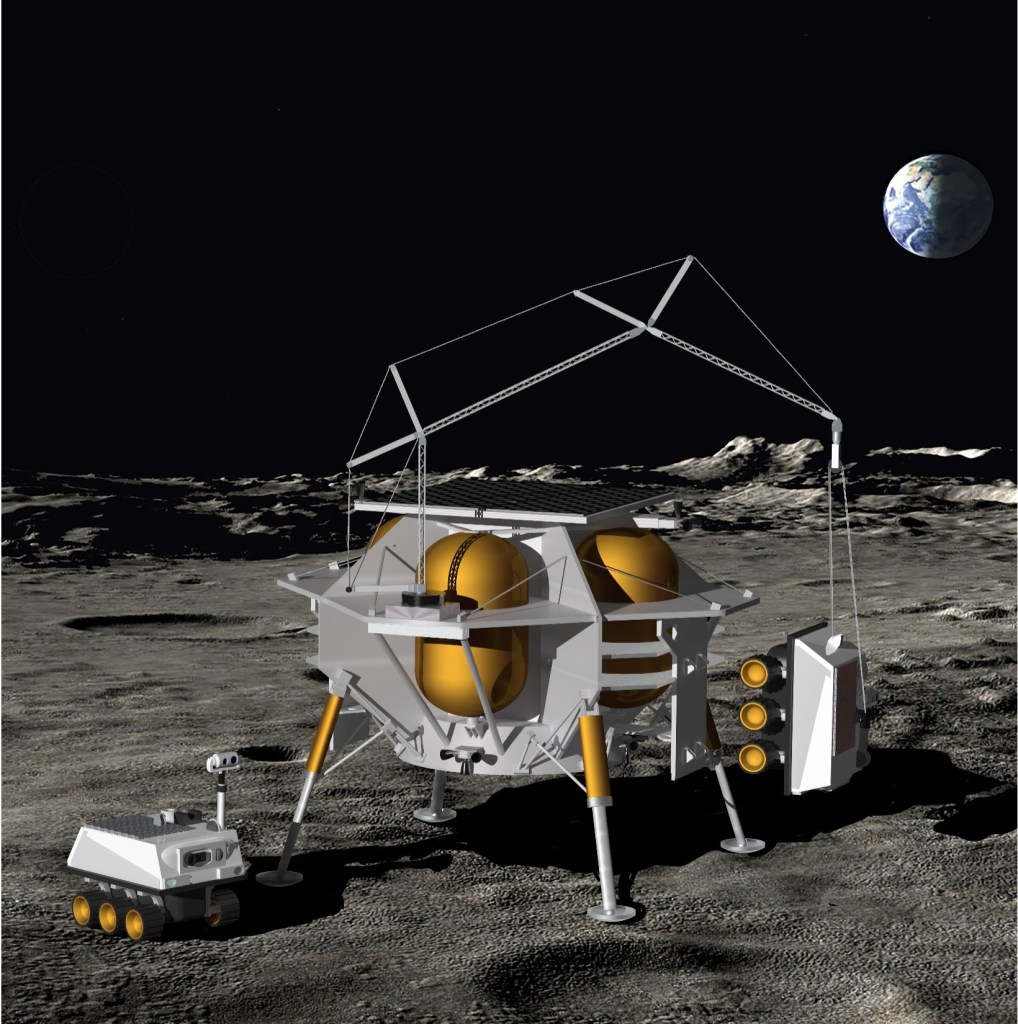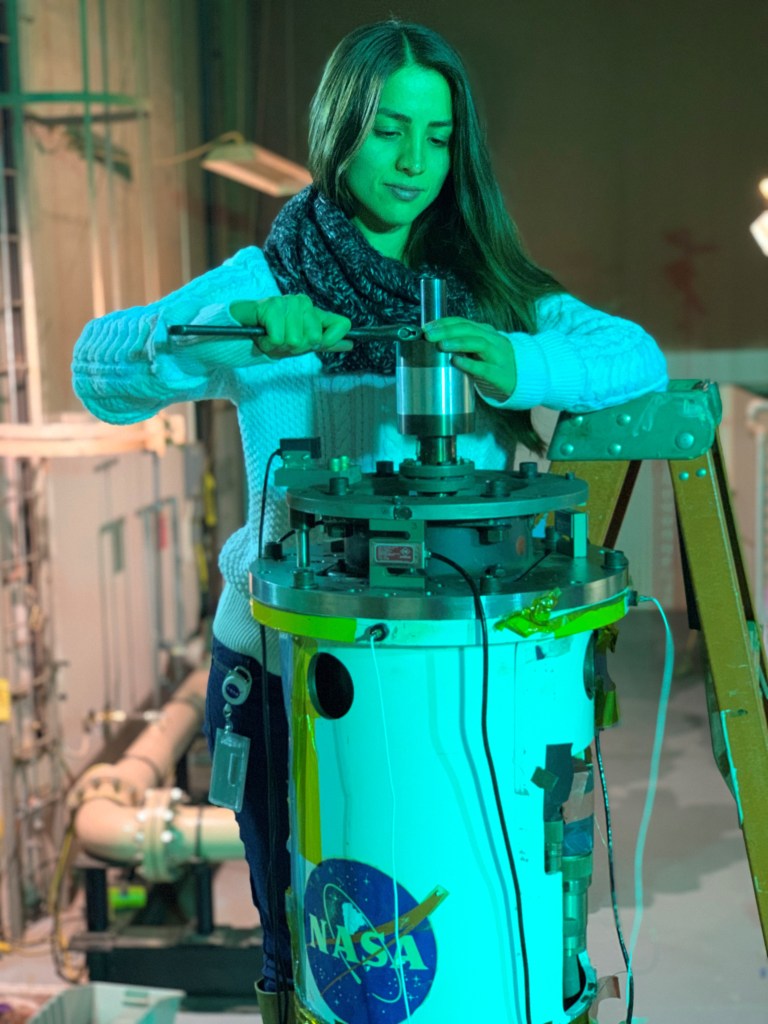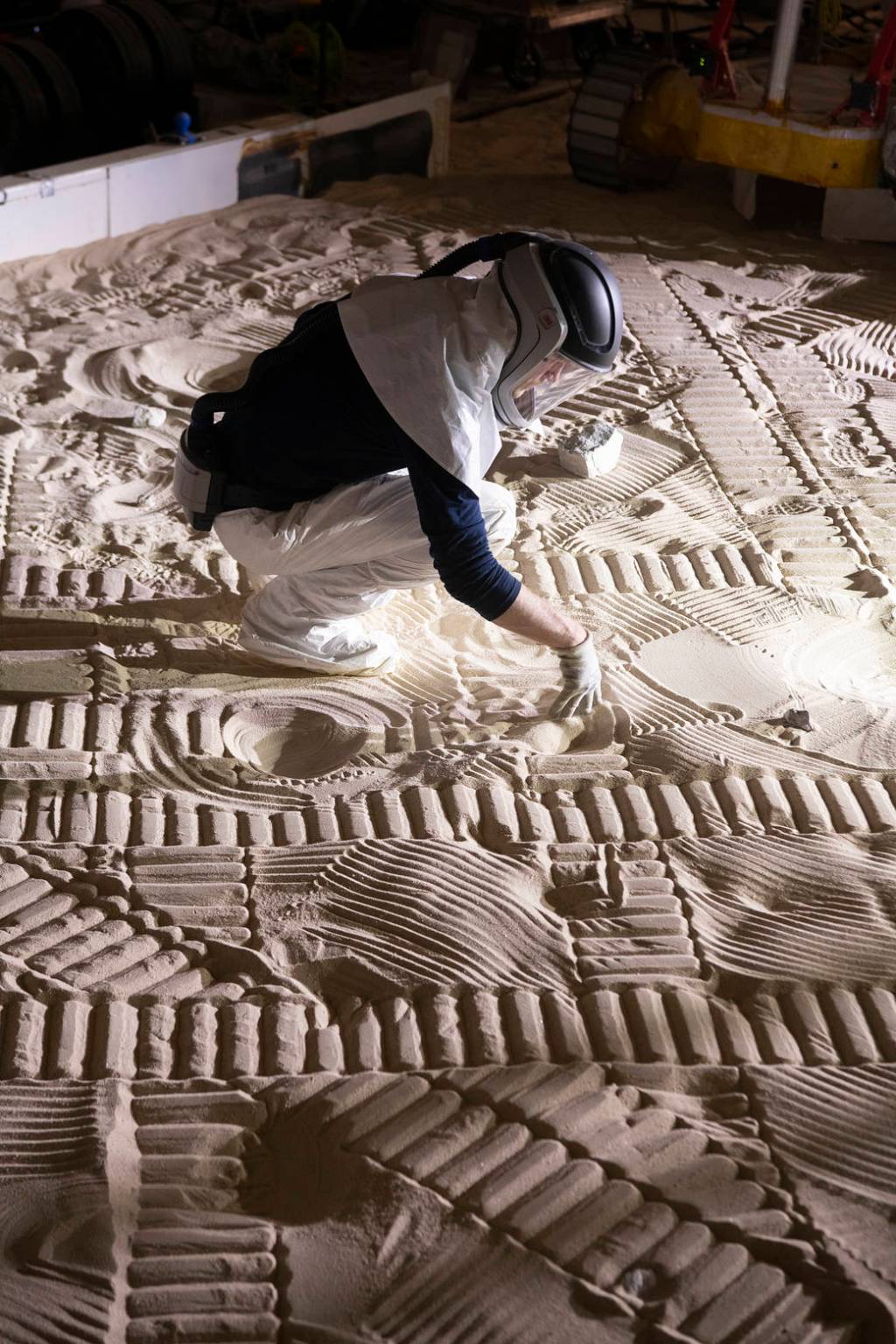


Center Innovation Fund
The Center Innovation Fund stimulates and encourages creativity and innovation at NASA centers while addressing technology needs of NASA and the nation. There are two components to this program: the Center Innovation Fund and NASA’s Early Career Initiative.
The Center Innovation Fund distributes annual funding to each NASA center to support the development of emerging technologies and foster new center initiatives. NASA scientists and engineers lead selected center projects, but partnerships among centers and with other agencies, academia and private industry are encouraged. The Chief Technologist at each center coordinates a competitive internal review and selection process, with candidate projects approved by NASA Headquarters to prevent duplication and ensure relevance to NASA goals. Project status is periodically reviewed, and Centers deliver a comprehensive annual report on project status and accomplishments to NASA Headquarters. Successfully developed CIF technologies are captured in NASA New Technology Reports (NTRs), and CIF project summaries are publicly available through NASA TechPort. To date CIF projects have generated over 300 NTRs and 350 publications, with close to 100 U.S. patents and patent applications, over a dozen commercial licenses, and 2 spin-off companies. Projects often transition from CIF into other NASA programs, where they are further developed and matured to advance our national aerospace capabilities.
NASA’s Early Career Initiative is a unique and powerful opportunity for the best and brightest of NASA’s early career researchers to lead hands-on technology development projects. The initiative aims to invigorate NASA’s technological base and best practices by partnering early career NASA leaders with external innovators. Started as a pilot effort in 2014, the Early Career Initiative has become a wellspring of innovation to help shape NASA’s future robotic and human exploration missions, while training the next generation of NASA civil servant scientists, engineers and managers.
An annual ECI solicitation is released by NASA Headquarters each spring to the center chief technologists. As a federally funded research and development center, NASA’s Jet Propulsion Laboratory is not allowed to submit or lead proposals but may participate as proposal team members. Each center works with their early career personnel to develop, review, and submit up to two proposals. An independent panel consisting of a core set of reviewers augmented by NASA subject matter experts evaluates and ranks each proposal, with final award selections made by the NASA Space Technology Mission Directorate (STMD) deputy associate administrator for programs. Award announcements typically occur in August, with projects starting in October. Selected projects receive up to $2.5M over a two-year period of performance and are reviewed annually, with a final report submitted at project closeout
Pending available funding, the program anticipates awarding up to five new ECI projects each year to maintain an annual portfolio of five new and five continuing ECI projects.
____________________________________________________________________________________________
ECI Selections to Date:
FY2026:
- Caleb Adams, ARC: LUMEN: Low-light Universal Mapping for Extreme eNvironments
- Sylvie Crowell, GRC: Lunar Dust Reduction through Electrostatic Adhesion Mitigation (L-DREAM)
- Beverly Kemmerer, KSC: PSI Ejecta Kinetic Energy Estimating Radar (PEKEER)
- Nathaniel Olson, JSC: PROTECT: Production and Reuse Of Thermally Efficient Ceramic Thermal Protection Systems (TPS)
FY2025:
- Amanda Stark, LaRC: Modular Assembled Radiators for NEP VehicLes (MARVL)
- Jorge Chong, JSC: Project TRON: The Next Generation of Optical Navigation
- Holly Leopardi, GSFC: Spaceflight Compatible Optical Atomic Strontium Ion Clock (OASIC)
- Andrew O’Connor, MSFC: Lunar Assembly and Service by Autonomous Robotics (LASAR)
- Brian Holler, GRC: ICE CHILL: Integrated Cryo-operable Electronics to Condition Hibernation for Improved Li-ion Longevity
FY2024:
- Dan Sirbu, ARC: AstroPIC: Photonic Integrated Circuit High-Contrast Imaging for Space Astronomy
- Meghan Bush, GRC: MAI TAI: Mitigating Arc Inception via Transformational Array Instrumentation
- Peter Snapp, GSFC: Design of a Broad Utility, Visible-Blind, SiC, UV Spectrometer for Astrophysics, Planetary and Earth Science Applications
- Amy Felt, KSC: Advancement of Exploration Components for In-Space Servicing (AXCIS)
FY2023:
- Closing of Critical Technology Gaps for High-Efficiency Rotating Detonation Rocket Engines
Marshall Space Flight Center
- THSiRU: Terahertz Heterodyne Spectrometer for In Situ Resource Utilization
Goddard Space Flight Center
- CUTLAS: Carbon Utilization Technology for Lunar and Atmospheric Systems
Glenn Research Center
- Aerocapture System as an Enabling Technology for Ice Giant Missions
Langley Research Center
- AERACEPT: Aerosol Rapid Analysis Combined Entry Probe/sonde Technology
Ames Research Center
FY2022:
- CAPMAG: Capacitive Mass Gauging for Cryogenic Fluids in micro-g
Kennedy Space Center - LANDO: Lightweight Surface Manipulation System (LSMS) AutoNomy Capabilities Development for Surface Operations and Construction
Langley Research Center - EPIC: Enhancing Parachutes by Instrumenting the Canopy
Armstrong Flight Research Center - In-Space/On-Surface 3D Printing of Sodium-Ion Batteries Using In-Situ Resource Utilization Materials
Marshall Space Flight Center
FY2021:
- Dust Tolerant Magnetic Coupler for Cryogenic Fluids
Armstrong Flight Research Center - ROAMX: Rotorcraft Optimization for Advancement of Mars Exploration
Ames Research Center - AM-TPS: Additive Manufacturing of TPS
Johnson Space Center - AEROFUSION-MLUQ: Mars Lander Aerodynamic Model Data Fusion with Machine Learning
Langley Research Center - MERCRII: Metallic Environmentally Resistant Coating Rapid Innovation Initiative
Marshall Space Flight Center
FY2020:
- Lunar TheRMiS — Lunar Thermal Regulation for Mission Sustainability
Marshall Space Flight Center - Extractor for Chemical Analysis of Lipid Biomarkers in Regolith
Ames Research Center - In-space Assembly of Perovskite Solar Cells for Very Large Arrays – A Way to Attain Space Power at Terrestrial Costs
Glenn Research Center - Joint Augmented Reality Visual Informatics System, an Exploration Extravehicular Mobility Unit
Johnson Space Center - KNaCK: Kinematic Navigation and Cartography Knapsack
Marshall Space Flight Center - Modular and Reconfigurable Manipulation System for Autonomous In-space Assembly
Langley Research Center - Molten Regolith Electrolysis Starter Device for Molten Regolith Electrolysis (GaLORE)
Kennedy Space Center
FY2019:
- Autonomous Multifunctional Sensor Platform
Goddard Space Flight Center - Electro-Optical Technology Development In Liquid Crystal Beam Steering
Langley Research Center - Smart Habitat Robotics: Manipulation Technology to Enable Autonomous Uncrewed Habitats
Johnson Space Center
FY2018:
- Autonomous Guidance and Control System for Deployable Entry Vehicles (Project Pterodactyl)
Ames Research Center - Orbital Syngas Commodity Augmentation Reactor (OSCAR)
Kennedy Space Center
FY2015 (Pilot Program):
- High Dynamic Range Stereo-X
Stennis Space Center - Integrated Display and Environmental Awareness System
Kennedy Space Center - Lightweight Integrated Solar Array and Transceiver
Marshall Space Flight Center - On-Orbit Autonomous Assembly from Nanosatellites
Langley Research Center
Questions about the Center Innovation Fund program may be directed to Program Executive Mike LaPointe. Questions about specific Center Innovation Fund efforts or opportunities may be directed to NASA center chief technologists.
































